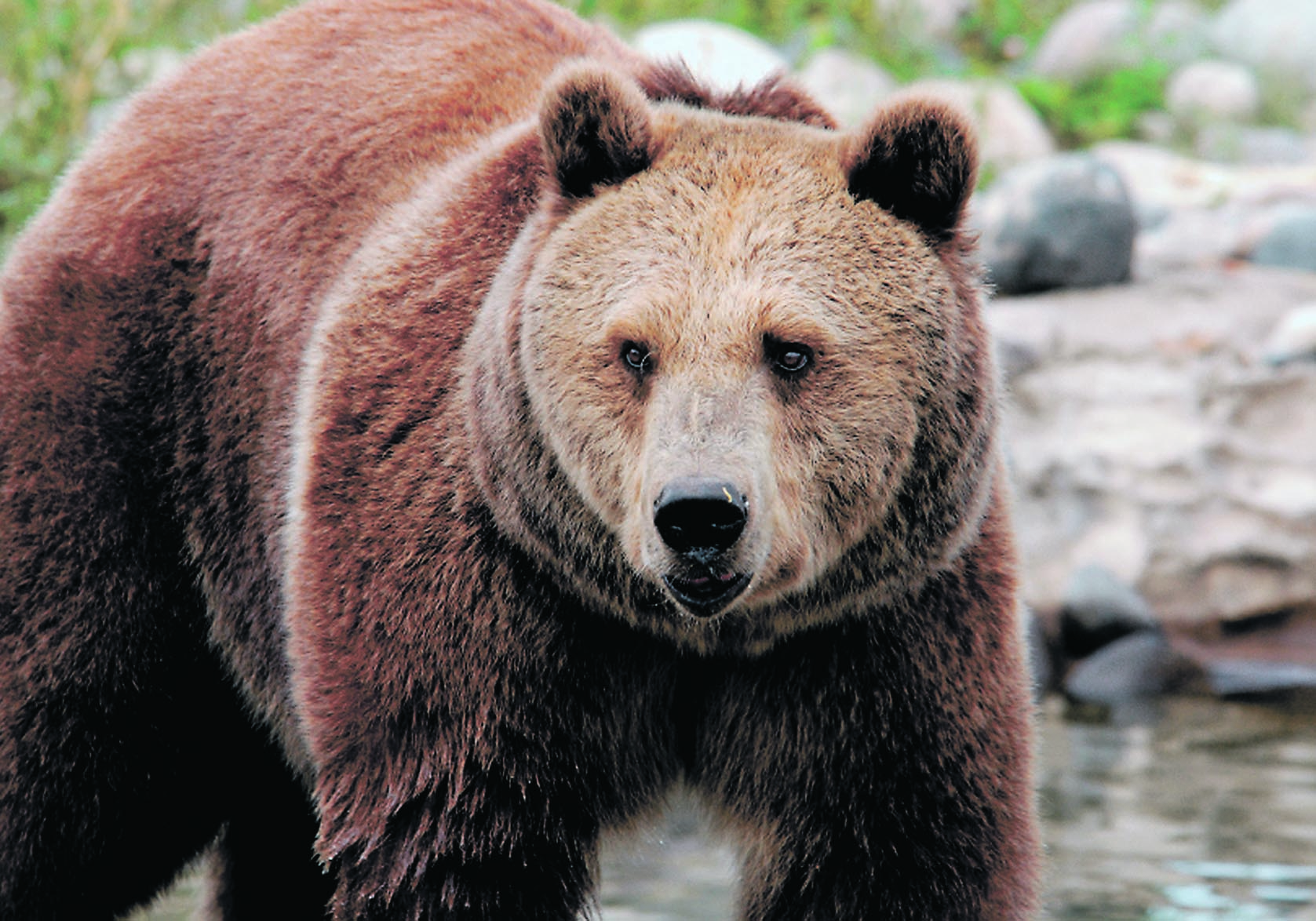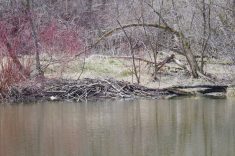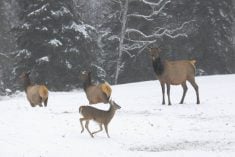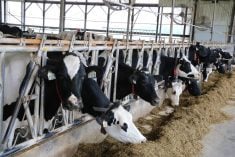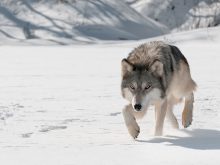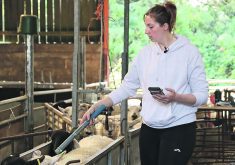Curiouser and curiouser,” said Alice in Alice’s Adventures in Wonderland, as didmany of us who are pondering the Alberta government’s contention that the latest plan to shoot grizzly bears isn’t a hunt.
No, in double-speak, it is “protection of life and property from problem wildlife.”
According to Todd Loewen, minister of silly stuff, the government is “taking a proactive approach to help Albertans co-exist with wildlife” by shooting some of them. Just the bad grizzlies and elk, though, not the good ones.
Read Also

Farm writers descend on Winnipeg for eye-opening conference
Digital editor Greg Berg reports on the Canadian Farm Writers Federation conference held in Winnipeg in September 2025.
It is doing this by providing “rapid conflict response times.” You might think this will be accomplished by deployment of trained Fish and Wildlife officers. No, the minister will draw the name of a hunter from a hat and that person will rush out to protect a threatened species like a grizzly by shooting it.
What could go wrong?
Given the hype of unrelenting danger promoted in the press release, you might think it unsafe to go out in the woods today, for fear of encountering a rogue bear or a belligerent elk. Fear is a powerful motivator, except when the facts don’t support the contention and you propose something incredibly silly instead of thinking about rational ways to co-exist with wildlife.
Adults in the room, like the Waterton Biosphere Reserve’s Carnivores and Communities Program and local Bear Smart groups, are showing the way.
Yes, bears can be dangerous. But so too is failing to monitor and control greenhouse gas emissions, allowing unsustainable levels of logging in our headwaters, not adequately monitoring our essential water supplies and considering more coal mining.
Statistically, you are more likely to be injured or killed on your drive to grizzly habitat than from being attacked by one. Neither the minister nor the Alberta government have suggested any rapid response for that risk.
Since closure of a hunting season for grizzly bears in 2006, a small but vocal group of trophy hunters has agitated for a chance to shoot a bear. The minister seems to support this, without input from conservation groups or from experts in grizzly bear management.
This has become one of those backward initiatives: “The answer is a grizzly hunt; what was the question?” Before this hunt was made public, the minister’s office solicited input from selected people to provide letters of concern about bear (and presumably elk) conflicts. How do you spell “disingenuous?”
If the government were serious about wildlife coexistence — and it should be — it would take a deep dive into why conflicts occur. With our expanding and unsustainable land-use footprint in the Eastern Slopes, grizzlies are running out of room, out of quiet space and out of connectivity to essential habitats.
All of the 19 recent cumulative effects assessments done in the Eastern Slopes say so, including ones provided by the government. As a result, a few bears (very few) run afoul and lethal actions undertaken by wildlife professionals might be required.
A serious initiative to limit the scope and scale of logging, of off-highway vehicle activity, of random camping, of proposed coal mining and of reclaiming the hundreds of kilometres of roads and trails that bisect grizzly habitat would be a rational step to giving wildlife secure habitat.
This is wildlife coexistence, not sport hunting a few “bad” animals. “Problem” wildlife are ones of our own creation and of our inability to share the landscape.
“Where should I go?” asked Alice. “That depends on where you want to end up,” replied the Cheshire Cat. It seems to me we need to protect wildlife from problem ministers.

